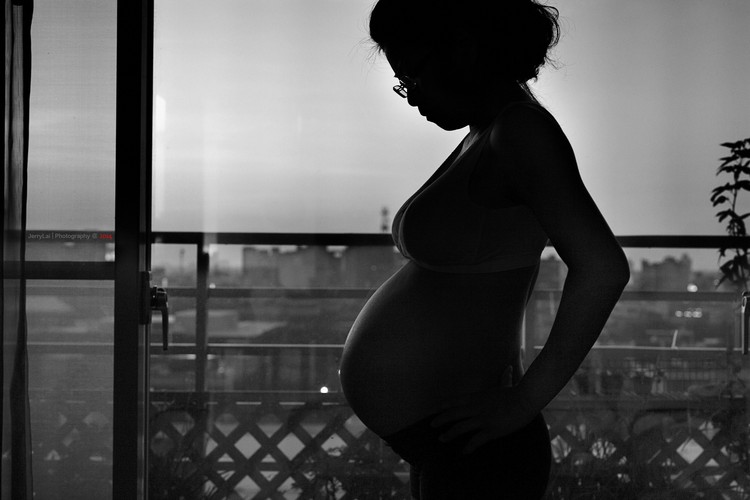Abortions: women don’t know where to go
Right to terminate pregnancy is limited by poor information
More than 21 years after the Choice on Termination of Pregnancy Act was passed, women’s freedom of choice is limited by poor information about where they can go for a safe abortion.
The Act legalises abortions during the first 12 weeks of pregnancy, at 13 to 20 weeks and after the 20th week of pregnancy. Specific health and socio-economic criteria apply to each period. The Act stipulates that in order for an abortion to be legal, it needs to be performed by a medical practitioner, trained nurse or trained midwife in a health facility designated by the provincial Member of the Executive Council (MEC). In other words, the health facility must be approved by the MEC, and the name of the facility must be published only after he or she is satisfied that it meets the requirements of the Act.
A facility must
- have access to medical and nursing staff;
- have access to an operating theatre;
- have appropriate surgical equipment;
- supply drugs for intravenous and intramuscular injection;
- have emergency resuscitation equipment and access to an emergency centre;
- have access to appropriate transport in case of an emergency transfer;
- have facilities and equipment for clinical observation and access to in-patient facilities;
- have appropriate infection control measures;
- have access to safe waste disposal infrastructure; and
- have telephonic means of communication.
But it is not enough to designate appropriate facilities: it is crucial that women know both the laws regulating termination of pregnancy and where they can go to have this done.
In a 2017 report, Amnesty International found that less than 7% of the country’s 3,880 health facilities perform terminations of pregnancies. The National Department of Health has stated that 505 medical facilities are designated to perform terminations of pregnancy. But that is not the full picture, as discovered by Bhekisisa during telephonic research conducted when developing a sitemap for abortion facilities. In a report, Bhekisisa was only able to locate 246 of the 505 facilities. This is almost half the number indicated by the National Department of Health. Of the 246 health facilities that Bhekisisa identified, only 236 could be reached telephonically. When questioned, only 197 of the 236 said they actually provided terminations of pregnancies. Of these, 156 health facilities perform terminations of pregnancy during the first trimester, three during the second trimester only and 38 in both the first and second trimester.
This means that of the original 505 health facilities identified by the National Department of Health, only 39% of them were reachable telephonically and could confirm that that they did indeed perform terminations of pregnancy. Very few perform second trimester terminations, meaning that women in their second trimester have to find one of the 2% of health facilities designated to assist them.
Many women may have gone to health facilities thinking that they performed terminations of pregnancy, only to be turned away, without being referred to anyone who can allow them to exercise their choice. Women need to know where the designated health centres are and if the centre does not offer what they want, they need to be referred to the right place.
This problem has an easy solution. The National Department of Health just needs either to update its databases, or to develop a proper database of designated health centres. This information must be easily available for women at their local clinics, hospitals, community centres, and on government websites.
Having the right to terminate, and having access to this right, are two different things. Women have the right to make choices about reproduction, but that choice is limited if the facilities they can access for terminations of pregnancies are limited. Accurate, easy to find information about what is available will go a long way to giving them more choice.
Views expressed are not necessarily those of GroundUp.
Support independent journalism
Donate using Payfast

Don't miss out on the latest news
We respect your privacy, and promise we won't spam you.
Next: Broken Motherwell drains fixed at last
Previous: A Manenberg mother’s desperate struggle to save her son
© 2018 GroundUp. 
This article is licensed under a Creative Commons Attribution-NoDerivatives 4.0 International License.
You may republish this article, so long as you credit the authors and GroundUp, and do not change the text. Please include a link back to the original article.

